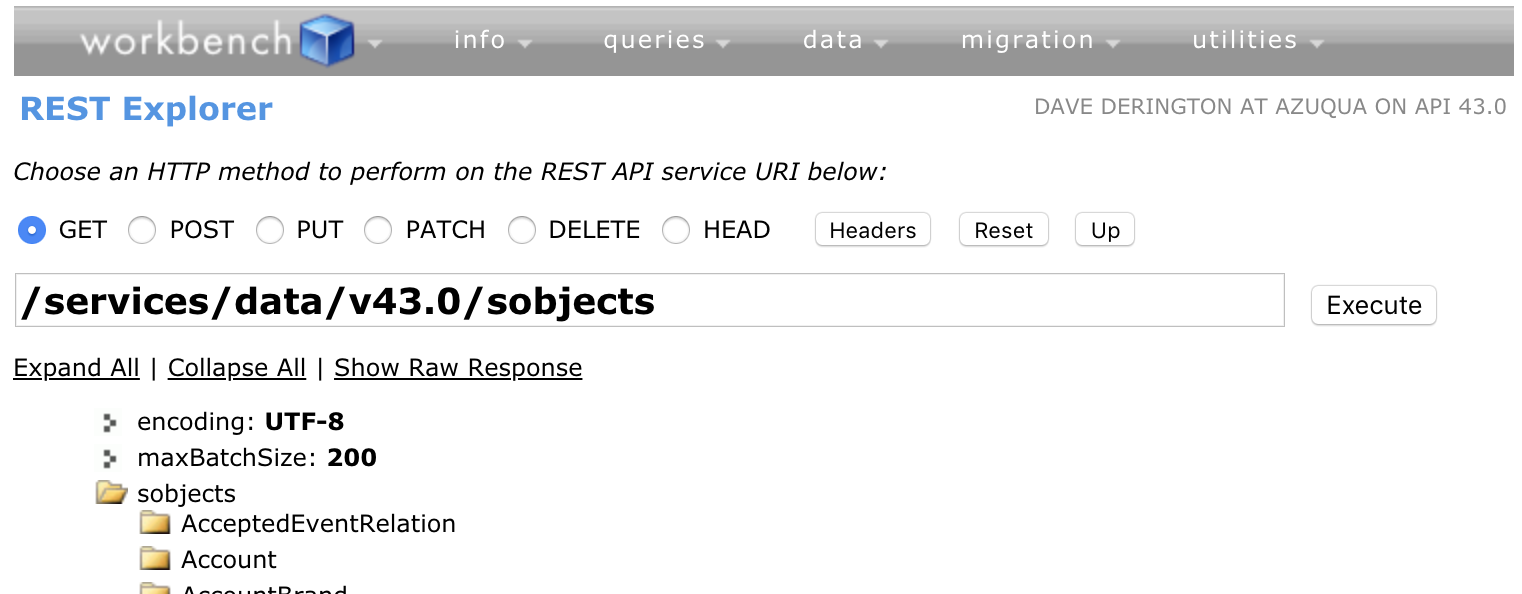This workbook is designed to accompany section 305 - API Endpoint and Custom API Cards.
Pre-Requisites
For this workbook, you should have your own environment with login credentials.
If you are using a Production environment, please take care with any existing processes.
You may also elect to use 30-day free Trial Org by visiting: https://azuqua.com/sign-up
Because this is an Integration product, we will encourage you to use freely-available applications within this material. Tools such as Twitter, Slack, and others are great products and typically allow you to sign-up for free!
Exercise 305-1 - Create an API Endpoint
In this case let’s create and expose a Webhook that will return an error message to the sender!
- Create a new Flow and name it accordingly
- Click “Add Event”
- Select “API Endpoint”
- Save the Flow and Turn it On
- Note: Saving the Flow will initialize the endpoint parameters
- From the API Endpoint Card
- Click the </> icon at the bottom to observe the endpoint settings
- Select the “Expose as Webhook” option at the bottom
From this you can easily create another Flow to work with this endpoint!
Exercise 305-2 - Use a Custom API Endpoint
Let’s create a Custom API Endpoint that will work with Salesforce
To set this up you will need:
- A Salesforce Org (Demo or your own environment)
Review Objects in your Salesforce Environment
First, let’s use the Salesforce Workbench REST Explorer to see what the object structure looks like within Salesforce. Note that this will work well with a “vanilla” Salesforce Developer Org!
- Go to Salesforce Workbench
- Login to your account
- Go to the REST Explorer view
- Select “sobjects” from the list or type in /services/data/v43.0/sobjects”


Create a New Flow to Review your Salesforce Objects
Now, let’s repeat this via a Flow!
- Create a new Flow
- Name your Flow
- Add a new card - Salesforce HTTP Request Card
- Select your Salesforce Environment
- Note: If you have not already configured this, do so now
- Select the “GET” Request Type
- Use the relative URL: “/services/data/v43.0/sobjects”
- Test your card and observe the output!
